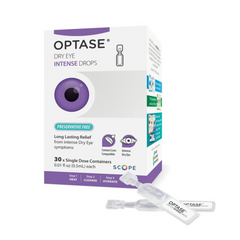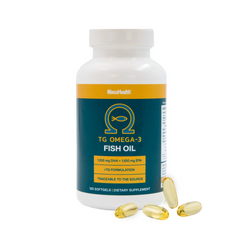A grandmother, a 15-year-old and a 38-year-old mother of 3 young children walks into a doctor’s office… what do they all have in common?
If you guessed dry eyes, you’d be correct. Afterall, dry eyes are no longer an issue that just our mothers and grandmothers experience. If feel the need to use an eye drop to relieve burning or itchy eyes, you more than likely have dry eye disease.
In recent years, we have observed the increasing prevalence of dry eye disease. Commonly dismissed as a minor inconvenience, dry eye disease can have a significant impact on an individual’s quality of life. As our society becomes more digitally connected and the demands of modern life evolve, this once overlooked condition is now becoming a widespread issue affecting people of all ages. Let’s explore some of the factors contributing to the rise of dry eye disease today and the steps we can take to protect our eyes from this growing concern.
The Digital Era and Screen Time
We live in a digital age where screens have become an integral part of our lives. Whether it’s smartphones, computers, tablets, or televisions, we spend countless hours each day staring at screens. Prolonged screen time has been associated with an increased risk of dry eye disease due to reduced blinking. When we focus on screens, we tend to blink less frequently, leading to a decrease in tear production and causing dry, irritated eyes.
Moreover, the blue light emitted by screens has been found to disrupt our sleep cycles. Sleep deprivation, in turn, can worsen dry eye symptoms as our eyes rely on quality sleep to repair and lubricate.
Environmental Factors
Our modern environment is also a contributing factor to the rise of dry eye disease. Air pollution and indoor air conditioning can significantly reduce humidity levels, causing our tears to evaporate more quickly. Dry and windy weather can also exacerbate symptoms.
Additionally, the excessive use of air conditioning and heating systems in office buildings, homes, and public spaces can dry out the air, further aggravating dry eye symptoms.
Changing Lifestyles
Our lifestyles and working situations have changed drastically over the last several years. With more people spending time indoors, there is decreased exposure to natural sunlight. Sunlight plays a vital role in stimulating tear production, and a lack of exposure may lead to reduced tear quality and quantity, making eyes more susceptible to dryness.
In addition, our diets have shifted towards processed and convenience foods, lacking essential nutrients that promote eye health. A deficiency in omega-3 fatty acids, vitamin A, and antioxidants can contribute to dry eye symptoms.
Do you have a daily eye care routine?
To help protect our eyes and mitigate the risk of developing dry eye disease, it is essential to incorporate a daily eye care routine into your daily selfcare. This includes the daily cleaning of our eyelids and lashes, using quality preservative-free lubrication, and using comforting heat masks or supplementation as individual cases may require. At www.helpmyze.com, the world’s foremost experts on dry eye disease have curated a variety of daily eye care routines that will fit your individual needs.
Remember, daily eye care should also include breaks during screen time, maintaining proper indoor humidity levels, protecting our eyes from harsh environmental conditions, and consuming a well-balanced diet rich in eye-nourishing nutrients.
As we continue to embrace technology and modern conveniences, let us not forget to prioritize our eye health. Awareness, prevention, and early intervention can go a long way in ensuring that we preserve the well-being of our eyes in this fast-paced, screen-centric world. Remember, healthy eyes lead to a brighter, clearer future.





